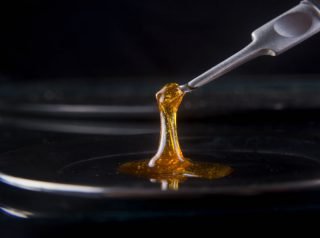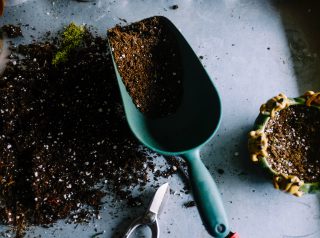Female marijuana plants rule the world. And why not, they are the ones that produce the trichome-rich buds. Males, on the other hand, are worse than worthless. As if lacking in potency is not enough, they can release pollens accidentally, wreaking havoc in the garden, and ruining a perfectly good stash. Humor aside, one of the keys to a successful harvest is knowing how to identify the gender of plants and what you need to do.
Page Content
Sexing Marijuana Plants: How Many?
You know about the desirable females and the insane levels of cannabinoids and terpenoids secreted by their resin glands. Of course, there are the males that you would not want to see in the garden – unless you are a breeder or old-school grower who understands the superiority of regular seeds.
Here’s a quick rundown of cannabis genders.
Get To Know The Ladies
So, it is the females that you want when growing marijuana for personal consumption. It produces the flowers, and as long as no male gets in the way, a luxurious coat of crystalline trichomes. Once pollinated, though, it stops developing the flowers, trichomes, and the hundreds of compounds that make it desirable – THC, CBD, and much more. Instead, it shifts its attention and energy to producing seeds.
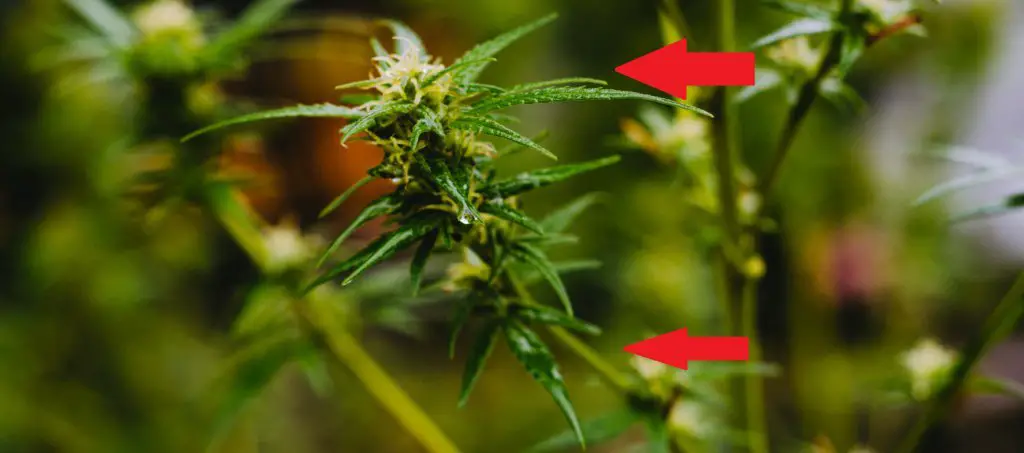
And The Boys Can Do These
Male marijuana plants actually play huge roles, not only as a pollen donor. If ever one shows up in your garden, the chances are high that you want to get rid of it as quickly and as carefully as possible. You would not want a boy messing with the ladies.
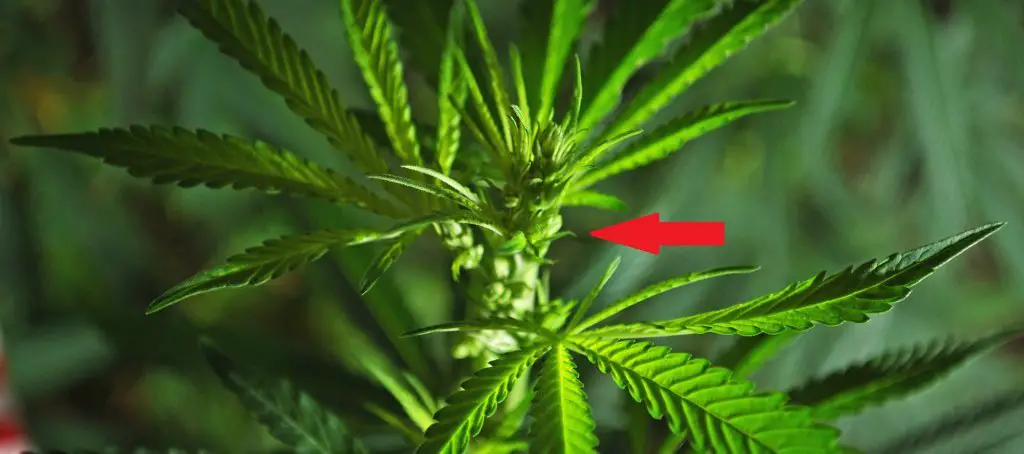
Unless these are the things that you need:
- Seeds. You can keep buying costly seeds, or you could collect more seeds – a lot of it and save for future use. One sac alone can produce far more than you could ever need to pollinate all the females you are allowed to grow in the house legally.
- Breeding. Why not? If others can do it, so could you – that is, if you are the curious type who would find fun experimenting. You definitely need a male plant if you would like to see what kind of hybrid emerges when crossed with a female of your choosing.
- Preservation. Breeders, seed banks, and individuals from around the world understand the role of male plants in preserving the lineage of the species.
The Third Sex
So, yeah. The third sex is not exclusive to humans. Heck, plants were first, too. When a female plant senses that death is coming, and remains unpollinated, it would grow stamens – the male reproductive organ – to self-pollinate. Hermaphrodites, or hermies as they are called, is nature’s guarantee that the species, its lineage, will survive.
How To Identify Marijuana Plant Genders
Unfortunately, you cannot predetermine the gender of a plant by looking at the seeds alone. And that is why the sales of feminized seeds exploded. For the casual home growers, it is a near 100% guarantee that the plants that emerge are females.

Feminized seeds do not contain male chromosomes. Regular seeds, on the other hand, has both – an equal chance of turning into either a male or a female. Seed banks will never put a 100% guarantee, though. If you check the reputable seed producers and retailers, the most they claim is 99% female turnout. That is because extreme environmental factors may turn one into a hermie.
So, what does this mean for you?
Regardless if you grew the plants from regular or feminized seeds, it is prudent to inspect the plants and identify the sex. If not for anything else, at least you could rule out the males. But if there are males that do show up, then you did yourself a favor by finding and removing them from the company of the ladies. No accidental pollinations, the ladies all go on to provide you with highly potent, resinous buds.
Early Visual Clues
You might have an inkling of what gender is emerging before the reproductive organs appear by looking at these physical signs.
- Growth Pattern. As the plants grow, you start to see subtle differences. Females tend to have a more complex branching. Males, meanwhile, are taller and have slightly fewer branches. The differences are more striking outdoors than indoors.
- Where The Sprout Emerged. Apparently, you can determine the gender with a 90% success rate by looking at which side of the seed the sprout emerged. This is, of course, anecdotal, with not a single study conducted. A shoot emerging from the top or the bottom is female, and if on the side, then it is male.
The Traditional Way
The appearance of pre-flowers – small versions of the adult flowers – marks a milestone in the life cycle of the plant. It is also during this time that you start to be more vigilant in identifying gender. It is an observational skill that every grower must develop. You can tell if it is a male or a female by knowing what each looks like.
- Female Pre-Flowers. Female florets resemble sacs with pointy tops and stigmas that look like feathers. Eventually, it opens up, forming a tiny white or yellow flower. It would also develop white pistils that look like hairs, and they would be sticky enough to catch pollens.
- Male Pre-Flowers. Males grow small, round pollen sacs. As the plant grows, these sacs also become larger and start filling with pollens. They will burst open one day, scattering pollens all over, and some are bound to find its way to the females.
For the majority of growers, inspecting the pre-flowers is the best way to determine the sex of the plant.
Peeking Into The Future By Cloning
This is science fiction stuff right here. What if you could see the future and know which plant is going to be a male? Well, you can actually do that using clones, and this is how you do it.
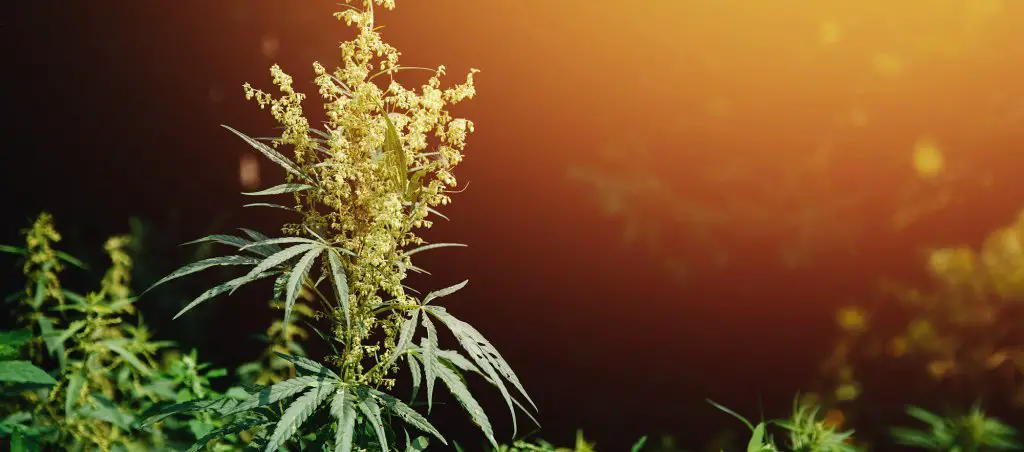
- Obtain a cut from each of the plants, and label each clone according to the mother plant.
- Keep all donors in the vegetative state.
- Once the clones have formed roots, force it into the flowering stage by providing a 12/12 light schedule.
- In 1 to 2 weeks, the clones should reveal their gender through pre-flower growths.
- After determining the sex of the clones, remove the corresponding male and hermie donors.


